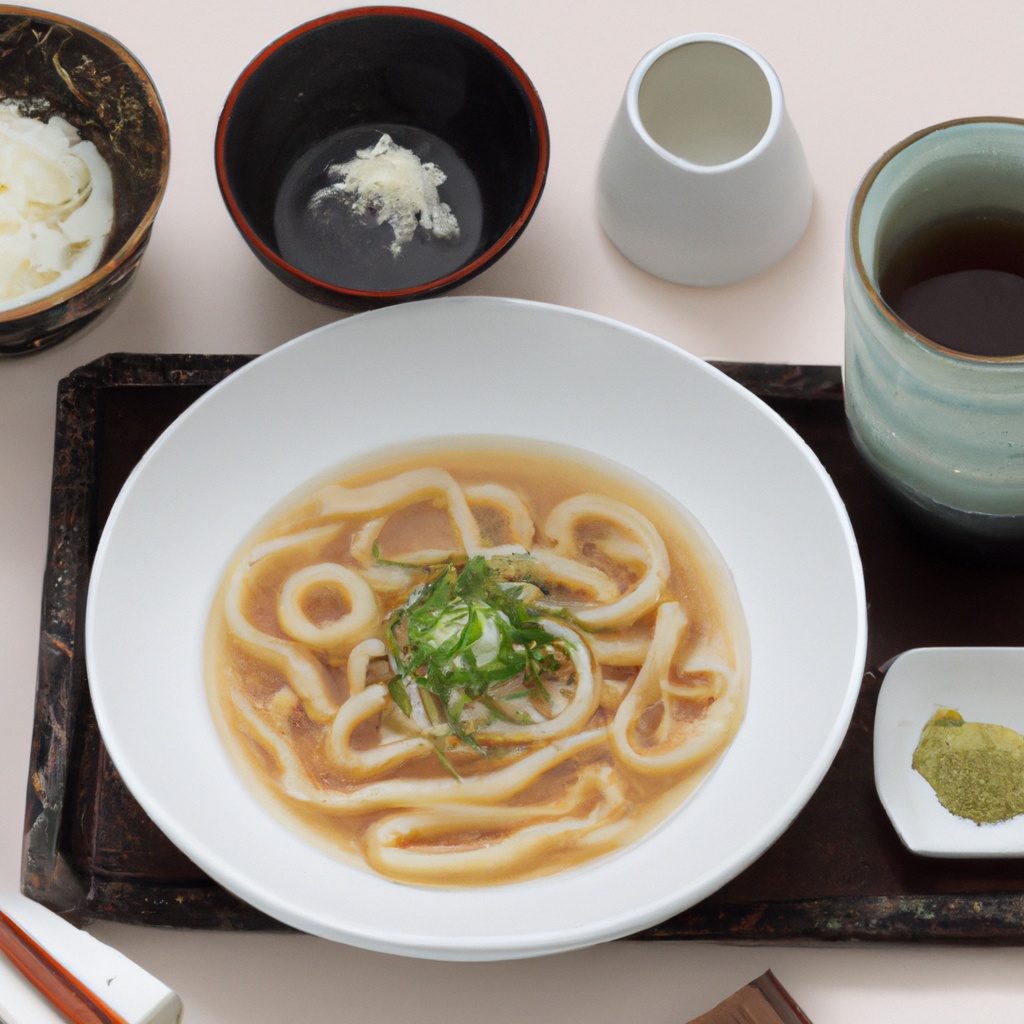PROS
Kake Udon is a simple and hearty noodle soup that is quick and easy to make.
The soup is light and refreshing, making it perfect for any time of day.
The ingredients used in this recipe are easily accessible and can be found at most Asian grocery stores.
CONS
The soup may be too light for those who prefer a more substantial meal.
Individuals with a seafood allergy should avoid the dashi stock used in the recipe.
The recipe may require a few ingredients that are not commonly found in a typical pantry.
HEALTH & BENEFITS
Kake Udon can be a healthy meal when prepared using fresh and wholesome ingredients.
Udon noodles are low in fat and high in complex carbohydrates.
The sesame seeds used in the recipe are a rich source of dietary fiber, vitamins, and minerals. The ginger used in the recipe has anti-inflammatory properties, aids in digestion, and helps boost the immune system.



/rating_off.png)
Leave a Reply